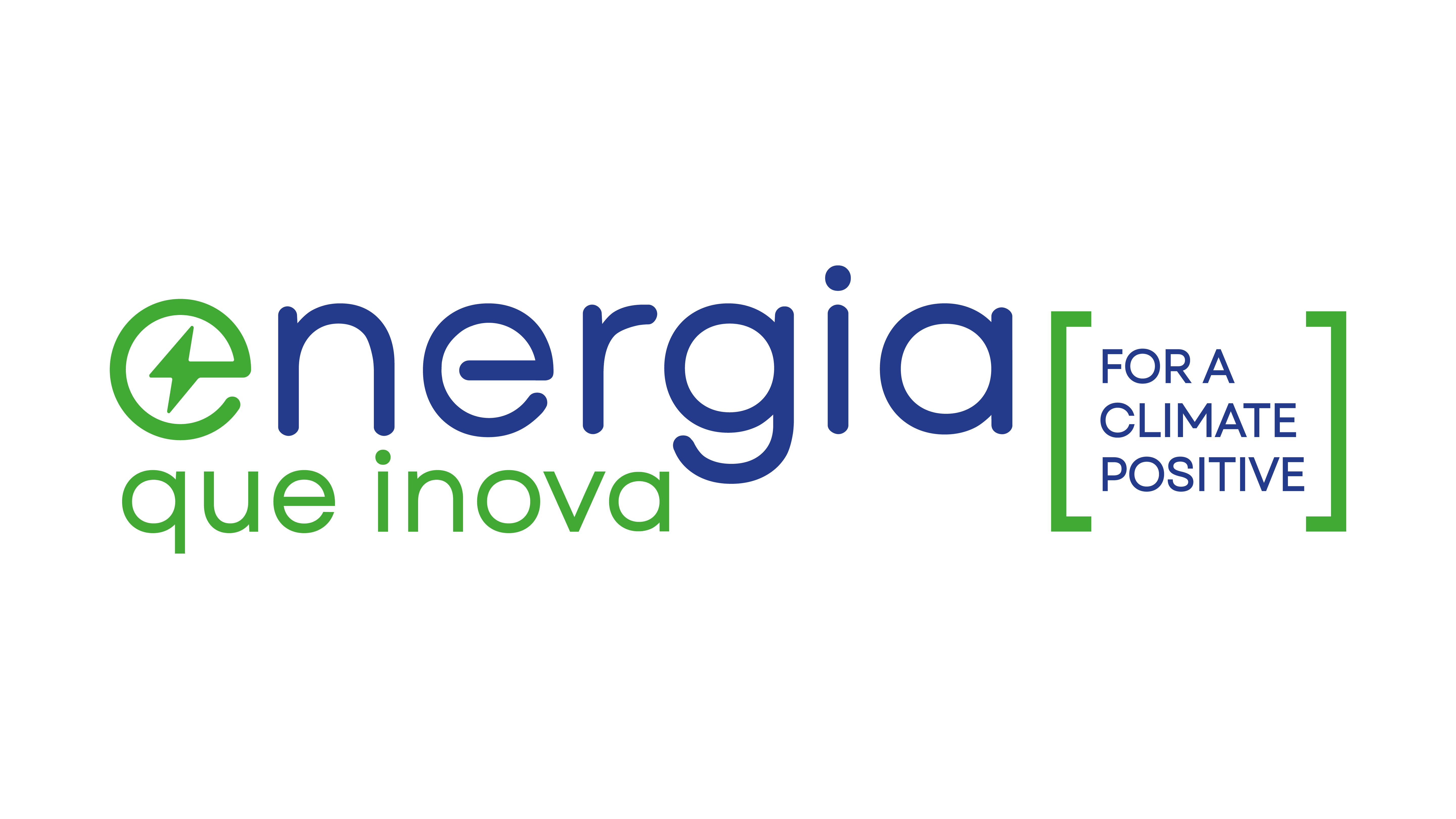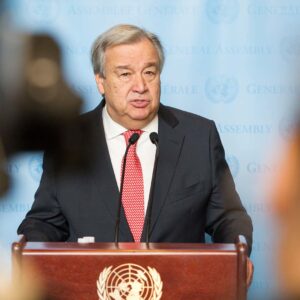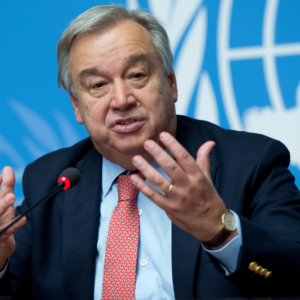The most recent Monthly Operation Program (PMO) Bulletin released by National System Operator (ONS) presents a challenging picture for the Brazilian electricity sector, as the country faces a historic heat wave for the third consecutive month. Projecting a significant growth of 11% in the load of the National Interconnected System (SIN), totaling 79,781 MWmed, the increase in energy demand coincides with extreme temperatures that are expected to reach records.
The North and Southeast/Center-West subsystems stand out in this scenario, presenting significant advances of 15.6% (7,752 MWmed) and 12.1% (45,513 MWmed), respectively. This forecast is echoed in meteorological projections that indicate extraordinarily high temperatures, predicting that some thermometers will exceed 45 °C. The South region, despite rainfall projections of 437% above the Long Term Average (MLT), also faces the thermal challenge, with an increase in demand.
Given this context, the management of Affluent Natural Energy (ENA) becomes crucial. While the Southeast/Central-West projects to end the month with ENA at 88% of MLT, the North and Northeast regions present more moderate projections, with 52% and 43% of MLT, respectively. Projections for Stored Energy (EAR) remain stable, with emphasis on the Southeast/Mid-West, possibly reaching 66.3%, and the South, an impressive 97.1%.
However, the overlap of this challenging scenario with the heat wave highlights the need for strategic planning to guarantee energy supply amid extreme weather conditions. The Marginal Operating Cost (CMO) remains at zero in 2023, indicating stability in operating costs, but the Brazilian electricity sector now faces the task of balancing supply and demand in an increasingly unpredictable climate environment.
Read too: Sustainable Evolution: Companies Adopt Innovative Strategies for Energy Efficiency













